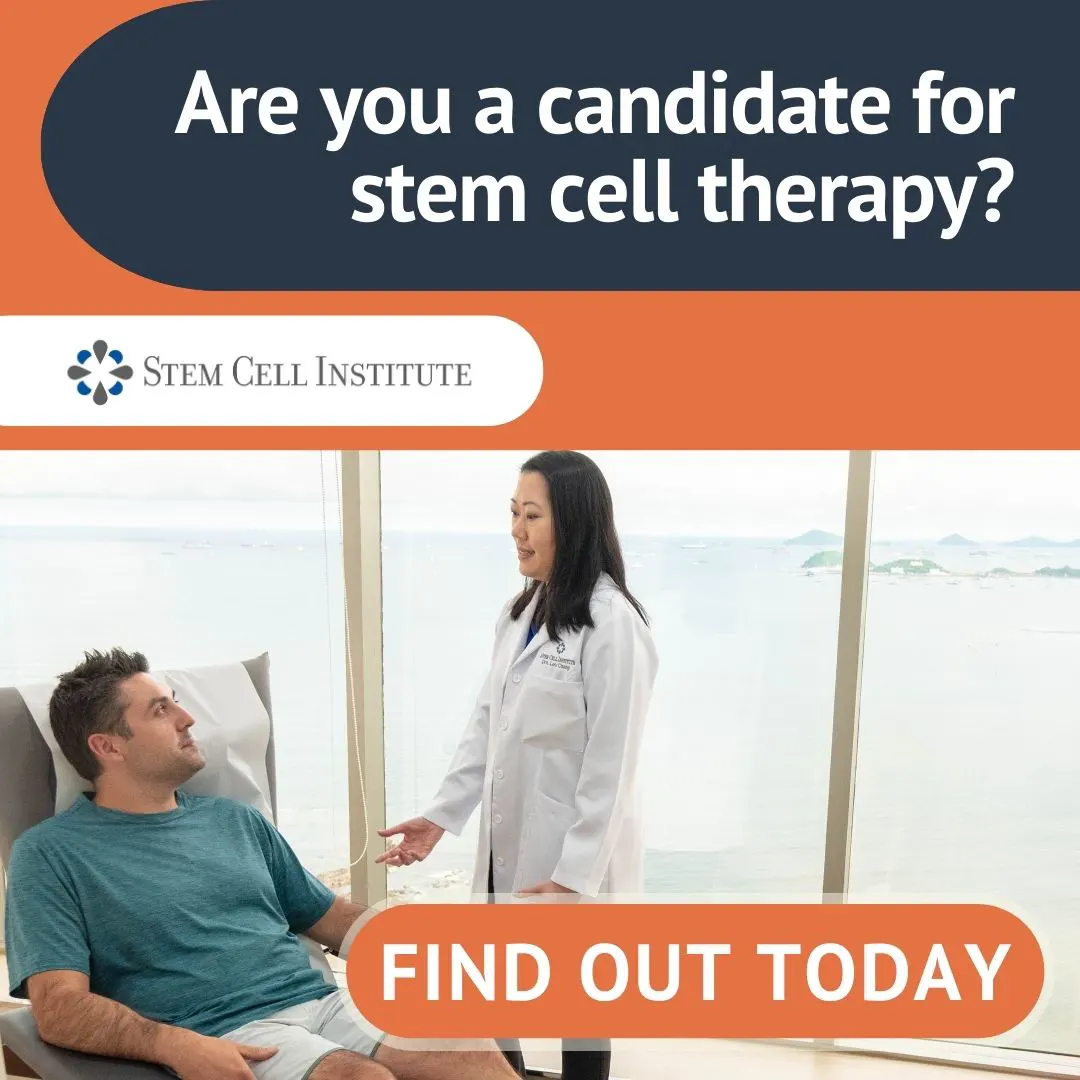Umbilical cord blood taken from a compatible sibling can cure children with Thalassemia and Sickle Cell Disease. The report was made by the Children’s Hospital & Research Center Oakland and ViaCell, Inc.
Cord blood from a relative may have advantages over bone marrow transplantation and can be an effective source of stem cells for transplantation in children affected with Sickle Cell Disease and Thalassemia. The research was presented by Dr. Mark Walters, Director of the Blood and Marrow transplant program at Children’s Hospital & Research Center Oakland. Dr. Walters made the presentation at the Sickle Cell Disease Association of America and National Institutes of Health (NIH) 35th Annual Convention.
“Patients with Sickle Cell and Thalassemia often lead debilitating lives,” said Dr. Walters. “Through continued research and transplant success, sibling umbilical cord blood has proven to be effective in curing children of these blood disorders. I expect the use of umbilical cord blood will continue to increase and as we gain more experience using cord blood stem cells in transplant medicine, I believe it could outpace the use of bone marrow in transplant medicine.”
The data presented at the Sickle Cell Disease Association of America and NIH meeting showed outcomes from children treated under The Sibling Connection Program, a directed sibling transplant program implemented by ViaCord and Children’s Hospital Oakland Research Institute (CHORI), the research arm of Children’s Hospital & Research Center Oakland.
More than 100 children have been treated with cord blood thanks to the program. 23 children were transplanted for Thalassemia and 17 were transplanted for Sickle Cell Disease under the Sibling Connection Program. The median age of patients treated for Sickle Cell Disease was 8 years and 5 years for patients treated for Thalassemia.
Clinical advantages over bone marrow have been demonstrated in regards to sibling umbilical cord blood transplantation in young children. A reduction in the common side effect and leading cause of death in transplant medicine, graft-versus-host (GvHD), was also observed. GvHD was observed in six of the Sickle Cell Disease patients, but none of them developed chronic GvHD. As for Thalassemia, none of the patients were observed to have acute or chronic GvHD.
For patients treated for Sickle Cell Disease, the median time to platelet recovery (greater than 20,000 per microliter) and neutrophil recovery (ANC greater than 500 cells per microliter) was 36 days and 18 days respectively.
82% of the patients treated for Sickle Cell Disease survived and is disease-free. For patients treated for Thalassemia, the median time to platelet recovery (greater than 20,000 per microliter) and neutrophil recovery (ANC greater than 500 cells per microliter) was 47 days and 25 days respectively. 91% of the patients treated for Thalassemia are now disease free and 96% of the patients survived.
The Sibling Connection Program in the area of directed transplants for sibling donor umbilical cord blood was formed in 2006 by the combined efforts of CHORI and ViaCell. Units of cord blood that has been collected and processed through the program have treated over 100 children to date. This includes transplants through cord blood stored through CHORI’s Sibling Donor Cord Blood Program and cord blood collected, preserved and stored with ViaCord. If a family has a child diagnosed with a condition that can be treated with a cord blood stem cell transplant and they meet the other requirements of the program, the Sibling Connection Program provides ViaCord’s comprehensive cord blood collection, processing and five years of storage at no cost.
Resulting in the red blood cells being a sickle or crescent shape, Sickle Cell Disease is an inherited blood disorder. Tissue damage is caused when the abnormally shaped cells prevent normal flow of oxygen to tissues by becoming rigid. Anemia, jaundice, frequent infections, and chest pain are among the common symptoms. No universal cure for Sickle Cell Disease currently exists.
Blood transfusions, antibiotics, intravenous fluids, pain management, and even surgery are currently used to treat complications associated with Sickle Cell Disease. Over 80,000 people in the United States have sickle cell anemia and over 2.5 million carry the trait. People of Mediterranean descent and African Americans are the two demographics that Sickle Cell Disease predominantly effects. National Sickle Cell Awareness Month is September.
Umbilical cord blood is an emerging therapeutic treatment option for patients with Thalassemia and Sickle Cell Disease. In 2000, the first cord blood unit was released by ViaCord to treat Sickle Cell Disease. Families who have children affected with Sickle Cell Disease make up 30% of all enrollments in the ViaCord/CHORI Sibling Connection Program.
Hemoglobin is a critical oxygen-carrying protein in red blood cells. The decreased production of hemoglobin is what characterizes Thalassemia which is another hereditary blood disorder. A shortage of red blood cells occurs along with anemia. Lifelong red blood cell transfusions and the resulting complications come with a diagnosis that usually occurs in early childhood. Poor growth, enlarged spleen and liver, anemia, jaundice, and abnormal facial bones are some of the symptoms of the condition. However, the symptoms of Thalassemia due vary depending on the type and severity of the disease. There are approximately 1,000 people are living with Thalassemia in the U.S. and an estimated 2 million people in the United States carry the genetic trait for Thalassemia.
With proven therapeutic effect in treating over 40 diseases, umbilical cord blood is a valuable, non-controversial source of stem cells. Certain blood disorders such as sickle cell anemia, thalassemia and other genetic disorders, bone marrow failure syndromes such as Diamond Blackfan anemia and severe aplastic anemia, and cancers such as Non-Hodgkin’s lymphoma and Acute Lymphoblastic Leukemia (ALL) can be treated. To date, nearly 8,000 cord blood transplants have been performed world wide. A significantly higher survival rate has been observed when umbilical cord blood transplants from a family member, rather than from a non-relative are used.

